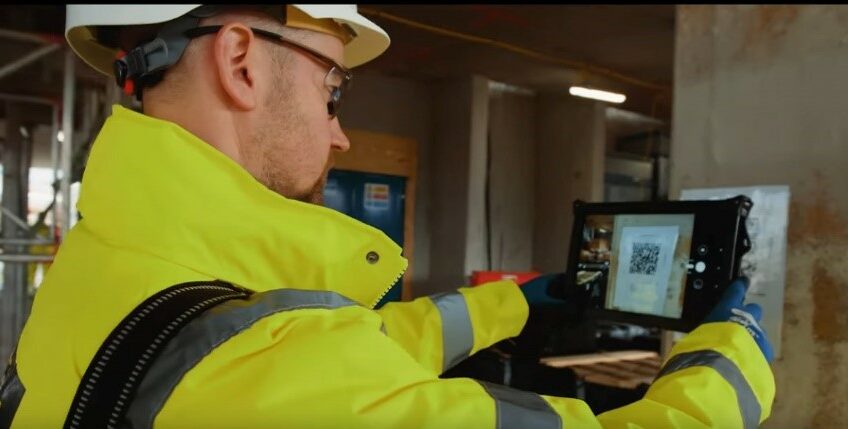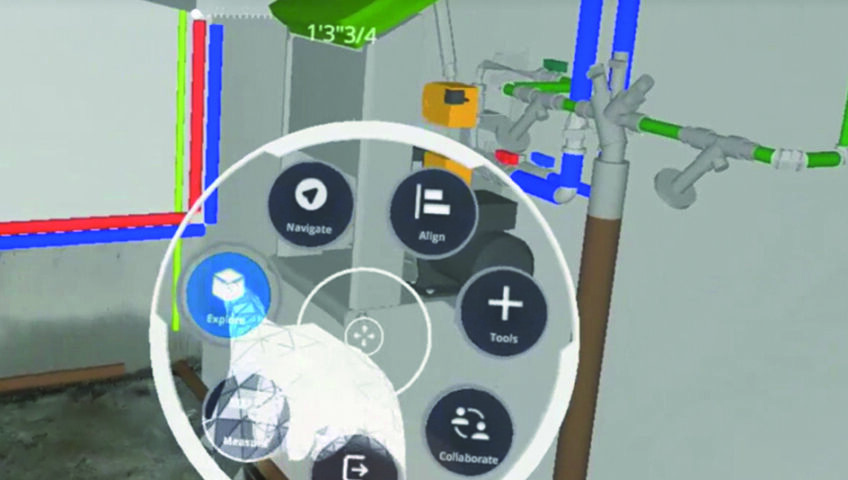Download a PDF of the case study here
Walsh Steel Detailing has invested in Trimble 3D Laser Scanning and Mixed Reality technologies as part of a process that both vastly improves their site/office workflow and ensures that there will be no surprises for their clients or team when an intricate project goes to site.
“If we didn’t have this technology, we simply couldn’t do the work we are doing. We are market leaders for two reasons, our people and the technology that we have invested in.”
Damian Walsh, Managing Director, WSD
Established in 2017, Walsh Steel Detailing Ltd was the result of founder Damian Walsh spotting an under resourced area of the market that he felt could be well serviced by his steel industry knowledge, contacts and interest in technology. Aware that there was a shortage of steel detailers in Ireland and that there would be good take-up for a company that could provide an ‘on-demand’ service to smaller fabricators, he therefore launched Walsh Steel Detailing.
Based in Co Mayo, the new company would focus on meeting the needs of those fabricators that often found themselves unable to tender for works because they did not have the capability to produce drawings to the required level or were unable to justify the costs of a full-time draftsperson and relevant software. The aim of WSD would be to offer advice early in the detailing process backed up by extreme attention to detail and a ‘get it right first time, every time’, ethos to ensure that there would be no surprises when a complex project went to site.







